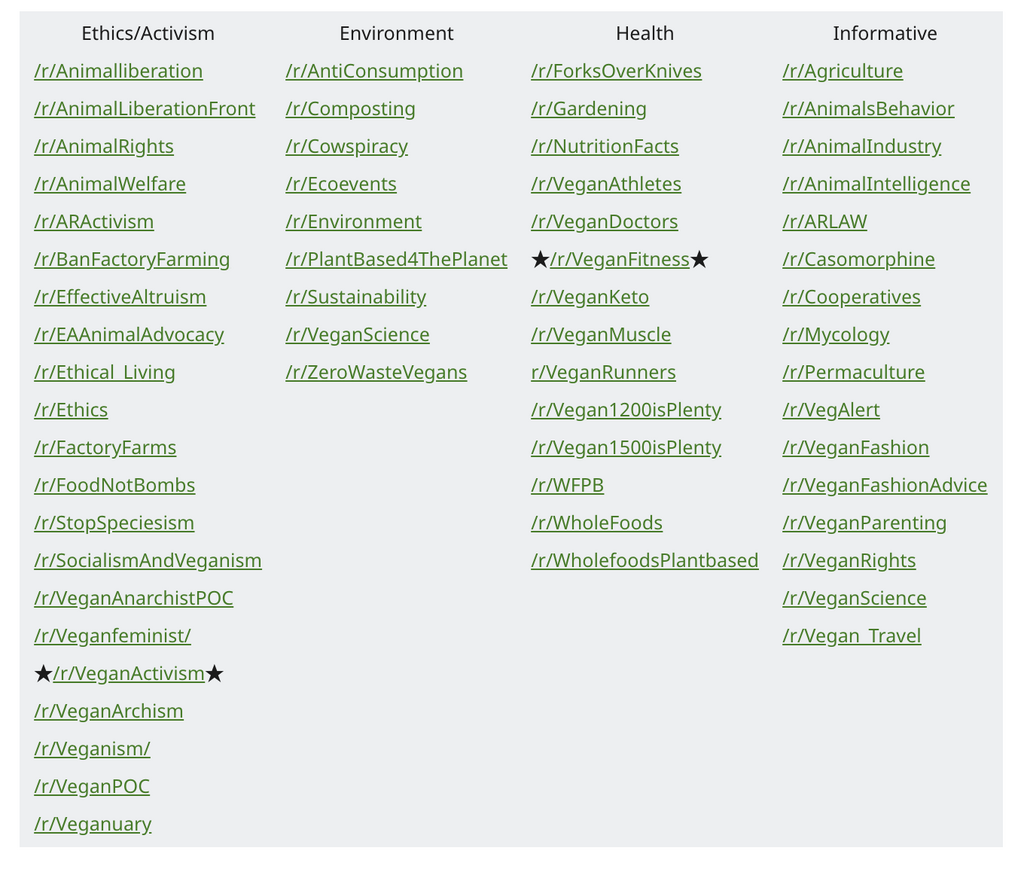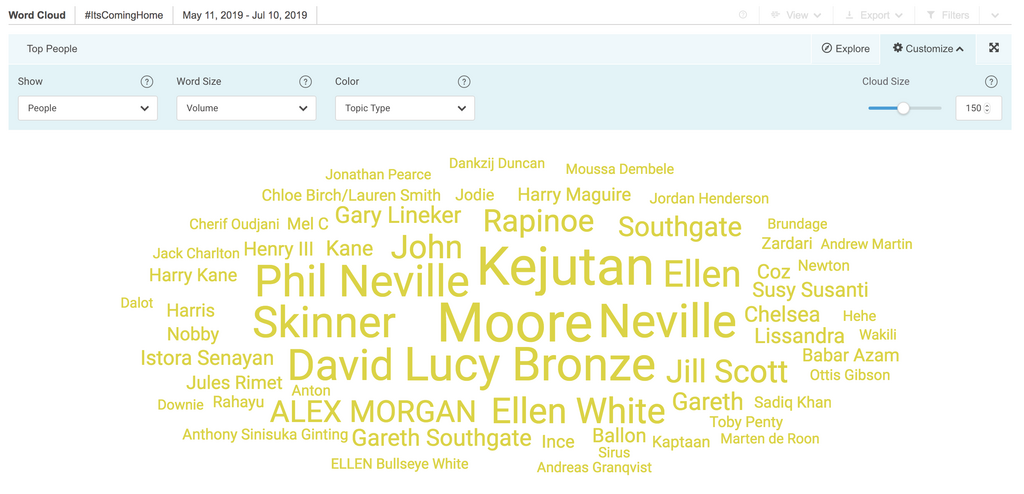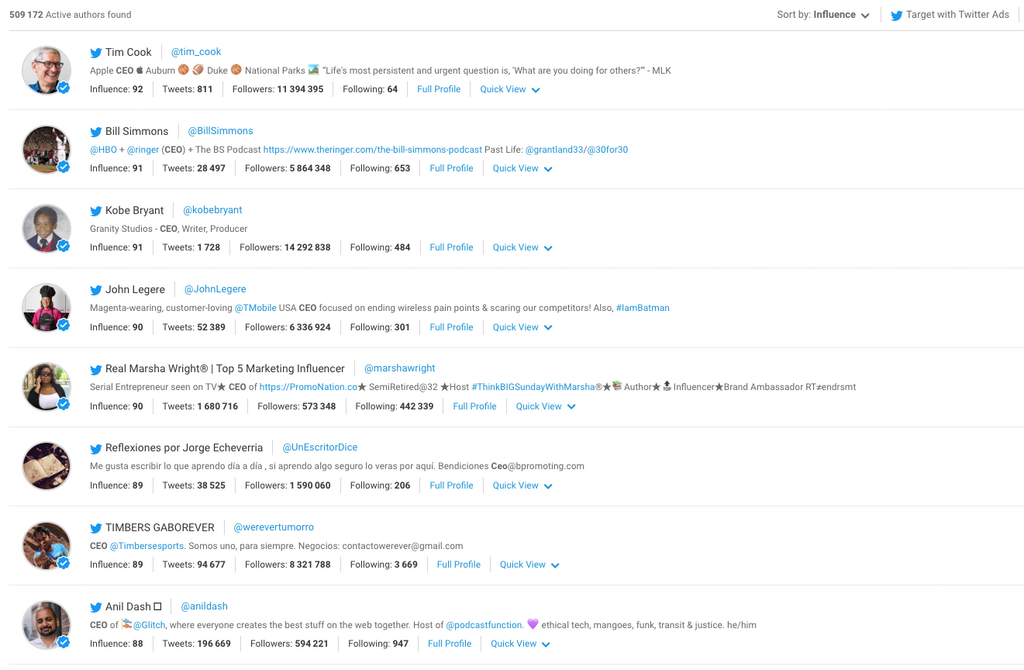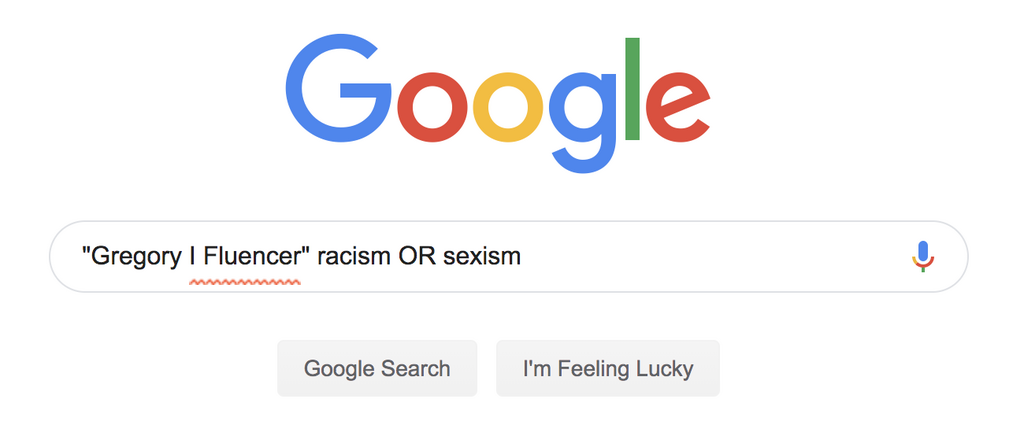Find the real influencers.
The Influencer Discovery Guide
Finding the right influencer for your brand or client can be difficult. Here’s how to make things easier.
DISCOVER INFLUENCERSThere are so many influencers around nowadays – why does it seem so hard to find a good one?
In a relatively short space of time, ‘influencer’ has become a full-time job and there are more people than ever are wanting to get in on the action.
Google Searches for "how to become an influencer"
We’re spoilt for choice and we’re continuing to see brands and agencies invest in influencer marketing, but there’s also been a rise in skepticism from some quarters.
Samsung’s global CMO said she was “very pessimistic [about influencer marketing]” after her predecessor put a lot of stock in influencers. Meanwhile, there have been many stories that call the authenticity and value of influencers into question.
While a more critical eye is being passed over influencer marketing, that still hasn’t stopped big brands like Unilever sinking $12m into an influencer marketing company.
So influencers aren’t going anywhere, but people are putting more thought into how they choose them. It’s obvious that you can’t just rely on follower counts – there’s now a lot more to be considered when evaluating new people to represent your brand.
This guide will help you find the influencers that are valuable for your company.
Let’s get started.
How to find the right influencers
1. State your aims
You’ve got to know where you’re going before you set off. Clearly outlining what you see as success will help define your approach, not only with the type of influencer you want, but with how you want to work with them.
Discuss the following questions with your team and build out a strategy.
- Who are you trying to reach?
- What do you want them to do?
- How are you going to track performance?
Keep the key goals in mind, but be open to change – the influencers you eventually find might work with a slightly different approach, or even inspire something entirely new. Fit your strategy around your research, not the other way around.
2. Research, research, research
This is the most important part of the whole process. Slacking here is the reason why so many influencer campaigns fail. If you don’t do the legwork to begin with your ideas and choices can be so off the mark with the people you’re trying to connect with, it’ll completely backfire.
This is all about understanding your audience (although you’ll come across a few influencers in the process). If you don’t understand who you’re trying to talk to, you’ll struggle to get them onside or communicate with them effectively.
Here are a few ways to get started. This isn’t a step-by-step process – you’ll find yourself swapping between different areas as they inform one another.
Social media sources
Social media sources, like Twitter and Reddit, are excellent for seeing exactly what an audience is talking about and how they talk about it. It’s also a good place to start building up a picture of your audience as you can see a range of interests.
For example, say you want to learn more about the vegan community. You can head over to Reddit and find the main vegan subreddit with a simple search. Even better than that, the mods there have created a list of a whole range of vegan and related subreddits. Full of genuine conversations and topics, there’s a vast amount of research to be done just from browsing this one source.
You can do this research in a bunch of ways. The free method is to manually find and read through everything yourself, either through Twitter searches or Reddit analytical tools. This works but it’s time-consuming.
Instead you can use a tool like Brandwatch Consumer Research that allows you set up specific search queries for multiple sites, and then easily analyze the results to find trends and topics popping up over time. This makes the process incredibly quick, and much better for finding overarching insights.
This research will also help with finding media sources too. Take a look at what websites people share the most, or that get people talking. It will give a clear indication of where people get their information and news.
Groups within groups
Something you might come across, particularly in your social media research, is that the audience you’re looking at isn’t the audience you expected. In fact, there could be distinct groups under a wide umbrella who otherwise have very little in common.
This means they’ll need specific approaches, with broad messaging failing to interest anyone.
A recent example would be the Game of Thrones fan base on Reddit. On one side you have the more ordered and controlled r/gameofthrones, and on the other you have r/freefolk, a complete free-for-all of in-jokes, memes, and insults.
Same fan base, entirely different environments and groups. (Have a quick browse of those two links to see what we mean.)
With proper research in other areas this will become evident very quickly. When it does, make sure you adapt your approach to fit, splitting your research apart to build up a true picture of your target market.
Media sources
You’ll want to find relevant publications for a number of reasons. First, they’ll start to throw up some influencers straight away. Second, they’re a great way to find out what’s being talked about now and what’s important for your target audience. They’ll also give you some writers and journalists that will come in handy for step 3.
Finding media sources isn’t too difficult. A Google search is a good place to start, and so is browsing magazine sections in stores (yes, out-in-the-world research is still useful today). Asking people you know who are interested in the topic will point you in the right direction, or head to relevant shops/venues/etc. and ask people there (they’ll probably have a few magazines lying around too).
BuzzSumo is also excellent for finding media sources. You can search any topic and you’ll get a list of the biggest stories related to it. This will give you some websites to look at, plus some insight into what’s popular at the time too.
Throughout the research process other media sources will pop up too (as we mentioned previously). Make sure to make a note of these to take a proper look at later. Once you have a full list, get reading.
Commonality
Now when your target group (or groups) are starting to form up, it’s time to start ‘sketching them out.’ By this we mean build up a picture of what they’re like. Sometimes it helps to imagine the average member of the group. We’ve previously written a guide on building better personas that will come in handy here.
This can work in some cases, while in others it can be reductive. It will depend on each case, but it usually becomes clear when creating an average just doesn’t work. For example, if you’re trying to squeeze an age range of 22 to 40 into an ‘average’ member of your audience, it might be time for a rethink.
Here are some of the aspects to look at. It’s not exhaustive, while the audience you’re looking at should feed into the criteria you consider.
- Interests
- Demographics (gender, age, location, etc.)
- Occupations
- Common websites
- Common brands and celebrities
- Technology usage
3. Discovery
As we noted, the research process will throw up possible influencers as you go, but there are still some more methods of discovery to find more. The previous research will help you with the following steps.
Social media listening
We already talked about social media sources, but here is where we’ll use it specifically for finding influencers.
With your research in hand, you’ll be able to refine your searches and queries to get more specific, and be better equipped to see what’s genuine and what isn’t.
In this case it’s a lot harder to do things manually as you’re looking for specific names and accounts that people mention a lot. Here’s where Brandwatch Consumer Research comes in again.
By setting up a specific query, such as a range of common words and topics your audience talks about, Consumer Research will then tell you exactly who the most mentioned accounts are, while the topic cloud will pick out the most mentioned names too. Instantly you’ve got a list of potential influencers.
Audiences
Brandwatch Audiences is a tool specifically made for creating audiences and finding the truly influential people for said audiences. The process is simple. You create a custom audience based on certain criteria, such as followers of certain accounts, what they’ve tweeted about, or their location, and then Audiences does the rest. Here’s an example to show you what we mean.
Who is influencing the C-suite?
Say you want to find out who is influencing C-suite executives, like CEOs, CMOs, and CFOs. With Audiences it’s a simple process to set up a custom audience of these types of people and see who their influencers are.
First we define the audience. We’ll do a simple set up here. We’ll include:
- Accounts with C-suite job titles in their bios
- Followers of related media
- Exclude organizations
From there we get an audience generated. From a quick glance it looks good, with a few famous faces in it as well.
Now we have our audience, we can use the Audiences influencers tab. This tab looks at all the user accounts in the audience and works out who has been sparking conversations and getting engagement from them. The influencer can include accounts in and outside of the original audience.
Here’s the most influential accounts for C-suite executives that Audiences gives us.
There are thousands more to look at, but these top results are already interesting. We can see Superhuman and the company’s founder here. Superhuman, a new email client with a waiting list to join, has been the talk of the town recently, so we know this list is on the right track.
The next step is to have a proper look through the list, having a look at their tweets and activities beyond Twitter to see if they’re someone you want to work with. Taking Jen Rubio as an example we can see that she’s recently appeared on the NPR podcast How I Built This, and on the cover of Inc. Clearly a person people are listening to right now.
Interview and surveys
This is an option often overlooked in influencer marketing. How about just asking people about who they like and dislike? The answers will be straightforward and genuine, and you can get in-depth details on why these people are influential and in what way.
There are a ton of different ways of doing this, free and paid. Plus this is a lot easier if you’ve done your research right. We won’t go into much detail here, but consider the following:
- Contacting mods at relevant subreddits or Facebook groups and asking if you can post a survey or request interviewees
- Run targeted ads on social platforms to get surveys in front of people
- Go to where your audience is, such as their events, and ask people upfront
- Run ads in relevant media publications
- Ask your Twitter network for suggestions
- Send a survey out to people in the location you’re targeting
Google and social media checks
Here’s an easy one to start with and one that can save a ton of trouble right off the bat. Google search and social search every single name on your list and go through the results (for social at least do this on Twitter, Facebook, YouTube, and Reddit).
What’s the point of this? Well, first it will bring up any controversies your potential influencer might have been involved in. Google is usually best for this (make sure to use the News tab, too), but social media can also throw up things that never made the news.
Don’t just look at the first page of results either. Dig deep. Chuck in some extra search terms too, such as “racism” or “sexism”, to help hone you results. Use these advanced search operators to help.
You also need to check the accounts of the influencers. Look through their posts for anything untoward (especially older posts). Again, use more specific searches too. It can be depressing to look through, but adding slurs along with the influencer’s username will help you find the people using language that clashes with your brand values.
You could also use a tool like Brandwatch Consumer Research for this. You could write a standard query to look for certain topics and keywords and then add in an influencer’s details when you set a query live. Take a look through historical data and set up alerts just in case a new mention pops up containing terms that might raise red flags.
Social media analysis
This is where we see how these influencers perform on social. Obviously this is pretty broad and could cover multiple platforms based on your campaign plans. But we can use a number of methods to get a good idea of quality.
First, just take a look at their accounts. Are they getting engaged with at all? If so, do the accounts look genuine? How many views and likes are their posts getting? Are they posting regularly and engaging with people themselves?
Some of this can be faked with bots of course, but real conversations can’t. If you’re seeing lots of genuine engagement under an influencer’s posts, this a good sign.
Next we can use tools to analyze influencers. There are plenty of tools out there that can do some of the work, but Brandwatch is a great place to start. With Audiences you can get an influencer score for a Twitter account which will show you how influential someone really is based on proper engagement with their posts and other users.
With Brandwatch Consumer Research we can get a more granular look at their post’s performance. With a simple query tracking the activity of certain accounts you’ll be able to see the reach (estimated using a specifically calculated reach score) they get and how they compare to your other influencers.
Ask the influencers
For influencers who do this regularly, they’ll usually keep stats on their performance to share. This can include their follower counts and engagement rate, as well as metrics you can’t access publicly.
This is handy info, but it’s also easy to make up. Do re-check on as much of it as possible, ask for screenshots, and ask for examples of previous influencer marketing posts they’ve done to see how they did.
Another approach is to ask for contact details for brands and agencies they’ve worked with before. This won’t always work. While a no could look suspicious, also understand that an influencer might not be comfortable throwing around email addresses. If you can get a name, you can try the outreach yourself.
When the search is complete
Now you’ve got your list you can get your campaigns underway. The main takeaway here is not to rush. Finding decent influencers takes time and effort – jump in with the first ones you find and you might get burned.
Influencer marketing can be a powerful approach and this guide will help you do it properly. If you want to start using the tools mentioned here, then book yourself a demo right away.





